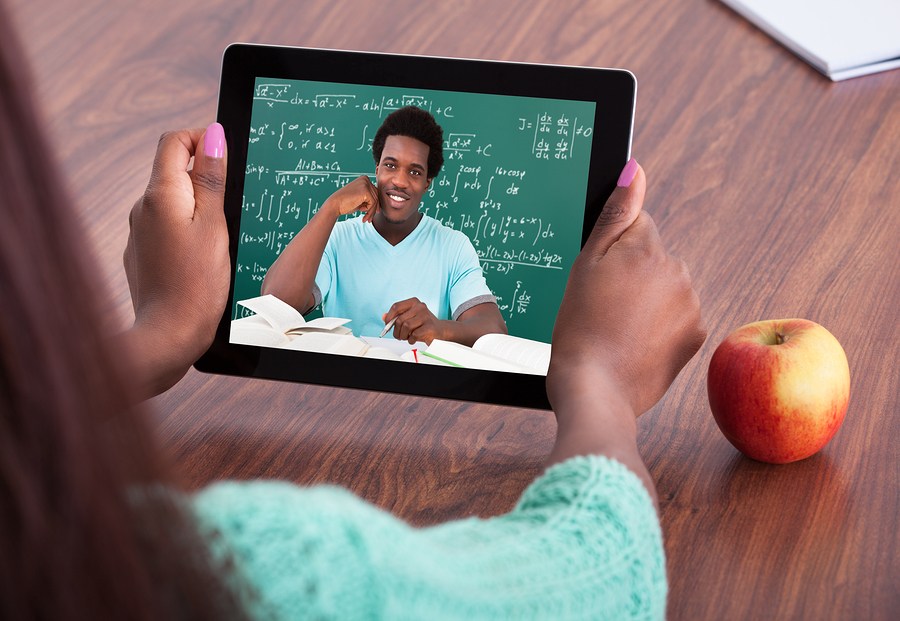The matter of interactions between school based personnel and students on various WEB 2.0 technologies is a complex and multifaceted issue. WEB 2.0 technologies such as Facebook, MySpace, Twitter and Instant Messaging has become increasingly commonplace amongst students and staff. Currently, many schools across the nation are grappling with this issue with a wide range of responses. The responses range from outright bans on the utilization of this technology, for personal and professional reasons, to school districts treating this as a non-issue and everything in-between. The following paper will explore what some of the issues are in utilization of this modern technology, the benefits and risks (of this technology) and what some of the responses have been from various school districts.
A basic literature search was conducted using the search engine developed by Google (google.com). The phrase “Should teachers and students be friends on Facebook?” was entered into Google and more than 24,000,000 postings were identified that related to this topic.
Benefits
Some of the benefits outlined in the literature regarding the interaction between school personnel and students via social networking sites are that it enables teachers to “go where students are already spending much of their time” (Prabhu 2008). To understand and communicate with students in their language, it is important to understand their world, their interests and how they communicate with one another.
An identified benefit to the use of Web 2.0 technologies is creating “formal” school sanctioned “pages” or “groups”. For example, the biology teacher could create a group for 9th grade students. The group can then be used to post questions/answers, etc., that may be beneficial to both students and teachers outside of the classroom. By a teacher creating one of these pages, the purpose of the page or group is clearly defined for the school, teacher and student. As such, there is transparency in the interaction between teachers and students.
Risks
One of the many pitfalls regarding social interactions between students and teachers via Facebook is that “online pages can be used in possible investigations…” (Prabhu, 2008). In fact, “in some school districts, students and teachers have been disciplined for questionable content on their personal Facebook or MySpace pages” (Mellon, 2008). One district which adopted an anti Facebook policy between faculty and students used the rationale that “for the district to legitimize (communication between faculty and students via Facebook) means the district is responsible for it.” (Debruin, 2009).
Another issue that needs to be explored relates to the responsibilities teachers face when confronted with inappropriate comments or pictures. For example, should the policy be, “if you see something, say something”? This then can potentially lead to issues associated with the “legal ramifications and responsibilities teachers have in reporting issues they may encounter when visiting a student’s Facebook page: abuse, drugs and alcohol use, and harassment” (Bretag, 2009).
Burnout
Faculty and students both need time away from each other. In the literature this is referred to as “detachment”. Both faculty and students need the opportunity to talk about and vent about their day (students, teachers, etc). By teachers and students interacting outside of school on a social networking site, it almost literally continues the school day, where there is no clear separation. As such, this can bring about many symptoms associated with burnout. These symptoms can range from agitation, annoyance, boundary issues, depression, etc.
Power Dynamics
Another issue that needs to be examined is the power differential between a teacher and a student. What if a teacher requests to be “friends” with a student? “We must think about the pressure this could potentially place upon students, especially if they don’t want to accept the friendship. Should students have to determine whether or not to accept the request? Should students have to wonder what will happen if they don’t? Should students have to ponder the level of access teachers will then have to their profiles” (Bretag, 2009)?
Objectivity
Objectivity is one element in the teacher-student relationship. If a teacher and a student have a “social” relationship outside of the school, how is that teacher and student supposed to maintain objectivity. For example, if a student says something bad about a teacher on their “wall”, will that teacher treat that student differently? Likewise, if a student says something nice about a teacher, will those particular teachers treat that student differently? What about the issue with on-line “gifts”. If a student sends one of these “gifts” to a teacher, will that teacher then treat that student differently?
Respect
Respect is another important aspect in the teacher-student relationship. “There needs to be a certain distance between teachers and students in order to maintain respect,” adds Rabbi Avi Schwartz, an educator at Magen David Yeshiva in Brooklyn, N.Y. “A teacher needs to be a role model, mentor, and advice giver – not a “friend”. “When a high school (or middle school) student gains access into a teacher’s network of friends and acquaintances and is able to view their family photos, for instance, the student-teacher dynamic is altered.
Web 2.0 technologies and the interaction between school based personnel and students is complex. Some school districts choose to have a response to this issue wile other schools adopt various formal policies regarding the use (or restriction) of this technology. The purpose of this paper was to introduce the topic and some of the associated issues.
© Dr. Steven R. Levey, PhD, LCSW - 2010
